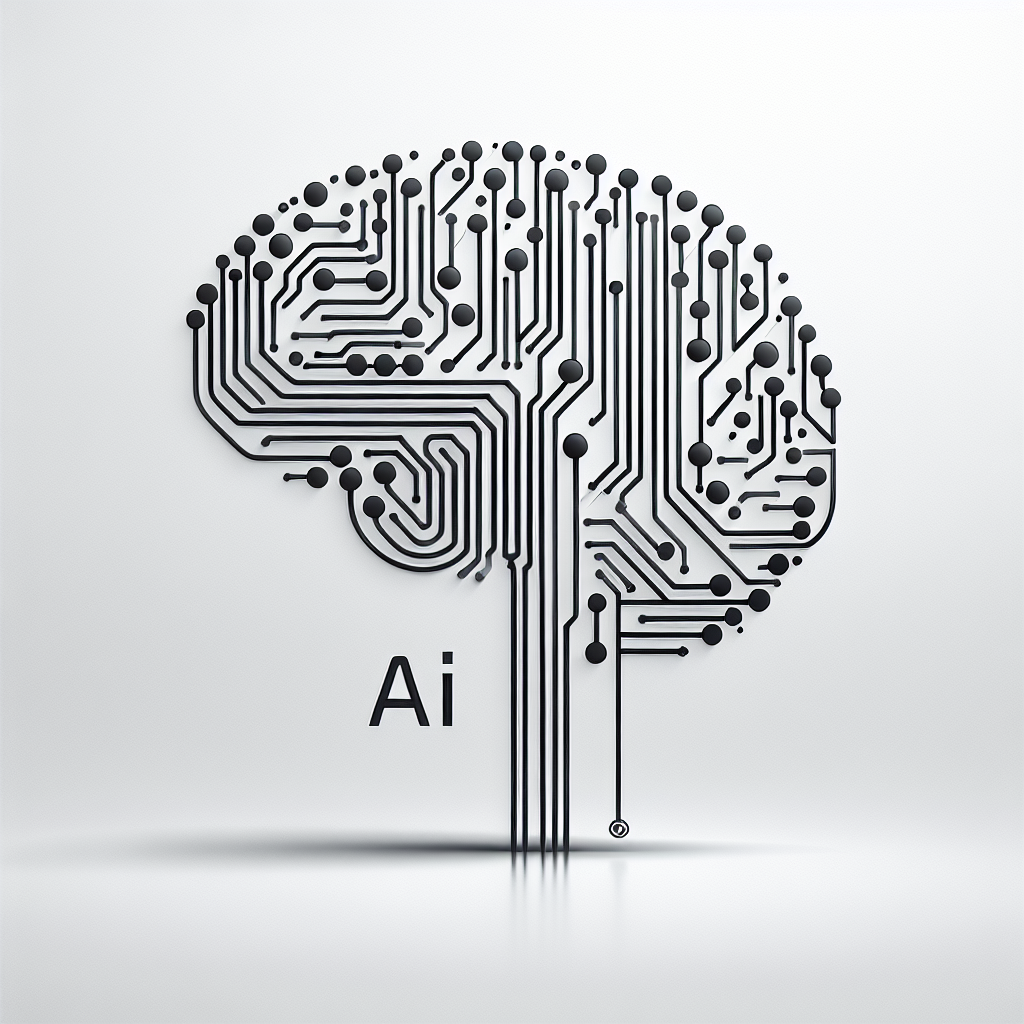If you’re a sports fan, April is a smorgasbord.Baseball is back. The NBA playoffs are in full swing.
The NFL draft is turning college stars into household names. Even bowling is rolling into the digital age (although it still can’t quite command the couch the way football does).But here’s the real headline: Artificial intelligence isn’t just in the owner’s box.

It’s now in the dugout, on the field, in your running shoes, and even in your local bowling alley. AI and edge computing have become the ultimate utility players, reshaping how pros compete, how fans watch, and how weekend warriors chase their own personal bests.FootballAI’s influence on football is as pervasive as a well-executed zone defense.
Today’s NFL teams deploy AI-powered sensors in helmets and pads, collecting granular data on player movement and collisions. Machine learning models analyze this information to optimize training, minimize injury risk, and suggest play calls based on real-time opponent tendencies. On the sidelines, AI sifts through mountains of game film, helping coaches anticipate rival strategies and adjust in the heat of battle.
For fans, AI overlays in broadcasts provide instant statistical insights and predictive analytics, transforming the viewing experience from passive to interactive.SoccerThe world’s game has embraced AI for everything from scouting to tactics. Clubs use AI-driven video analysis to break down thousands of hours of match footage, identifying emerging talent and subtle tactical patterns.
Wearable tech tracks player stamina and positioning, while edge computing enables instant feedback on the pitch. AI-powered apps like AiScout let young players upload their drills for algorithmic evaluation, democratizing access to elite-level scouting and opening new doors for aspiring stars. On match day, AI-enhanced camera systems automate offside calls and track ball movement, improving officiating accuracy and reducing controversy.
BaseballTradition? Pinstripes? Baseball has become a playground for AI innovation. Teams employ data scientists to simulate every conceivable pitcher-batter matchup, using deep learning to forecast outcomes and tailor training regimens. AI models monitor player mechanics and workloads, flagging potential injury risks before they sideline a star.
In the broadcast booth, AI-driven highlight generators serve up instant replays and personalized content, keeping fans engaged inning by inning. The sport’s embrace of AI doesn’t come without ethical dilemmas — data privacy and competitive balance are now as much a part of the conversation as batting averages and ERA.BowlingAnd then there’s bowling, which has quietly undergone a digital transformation.
AI devices now power real-time scoring and deliver instant feedback on ball speed, spin and trajectory. Systems like Gemini AI offer personalized coaching tips and even generate dynamic commentary, making the bowling alley a hub of data-driven improvement. Verified remote competitions and global leaderboards connect bowlers worldwide, turning a local pastime into a global digital sport.
RunningMobile apps equipped with computer vision and biomechanics algorithms analyze a runner’s gait, posture and stride, offering personalized drills to improve efficiency and reduce injury risk. AI-driven coaching platforms adapt training plans on the fly, responding to fatigue, weather and performance data in real time. Wearable devices process data at the edge, delivering instant feedback without the need for cloud connectivity — a boon for runners pounding the pavement in parks or on remote trails.
TennisSystems like PlaySight and SmartCourt analyze every shot, spin and movement, providing players and coaches with actionable insights during matches. AI-powered virtual coaches offer feedback on technique and tactics, making elite-level analysis accessible to club players and juniors. Automated line-calling systems like Hawk-Eye have largely eliminated human error, while AI-enhanced broadcasts deliver real-time stats and predictive analytics to fans worldwide.
AerobicsSmart mirrors and fitness apps now use AI-powered motion tracking to assess form, count reps and provide instant corrections during workouts. These systems adapt routines based on individual progress, fatigue and goals, offering a level of personalization once reserved for private trainers. Edge computing ensures that feedback is delivered instantly, keeping participants motivated and engaged.
AI-driven platforms also enable virtual group classes, where participants receive real-time encouragement and performance analytics, turning solitary workouts into interactive, community-driven experiences.The Bottom LineAcross these seven sports, AI has become the silent MVP, analyzing data, optimizing performance, preventing injuries and enhancing the fan experience. Whether you’re chasing a championship, a personal best or just a little fun at the bowling alley, the digital revolution is here, and it’s making every game smarter, safer and more exciting.
So next time you tune in or lace up, remember: The future of sports isn’t just on the field; it’s in the algorithms running quietly behind the scenes.For all PYMNTS AI coverage, subscribe to the daily AI Newsletter.The post AI Takes the Field: How Artificial Intelligence Is Powering the Next Era of Sports appeared first on PYMNTS.
com..
Business

AI Takes the Field: How Artificial Intelligence Is Powering the Next Era of Sports

If you’re a sports fan, April is a smorgasbord. Baseball is back. The NBA playoffs are in full swing. The NFL draft is turning college stars into household names. Even bowling is rolling into the digital age (although it still can’t quite command the couch the way football does). But here’s the real headline: Artificial [...]The post AI Takes the Field: How Artificial Intelligence Is Powering the Next Era of Sports appeared first on PYMNTS.com.














